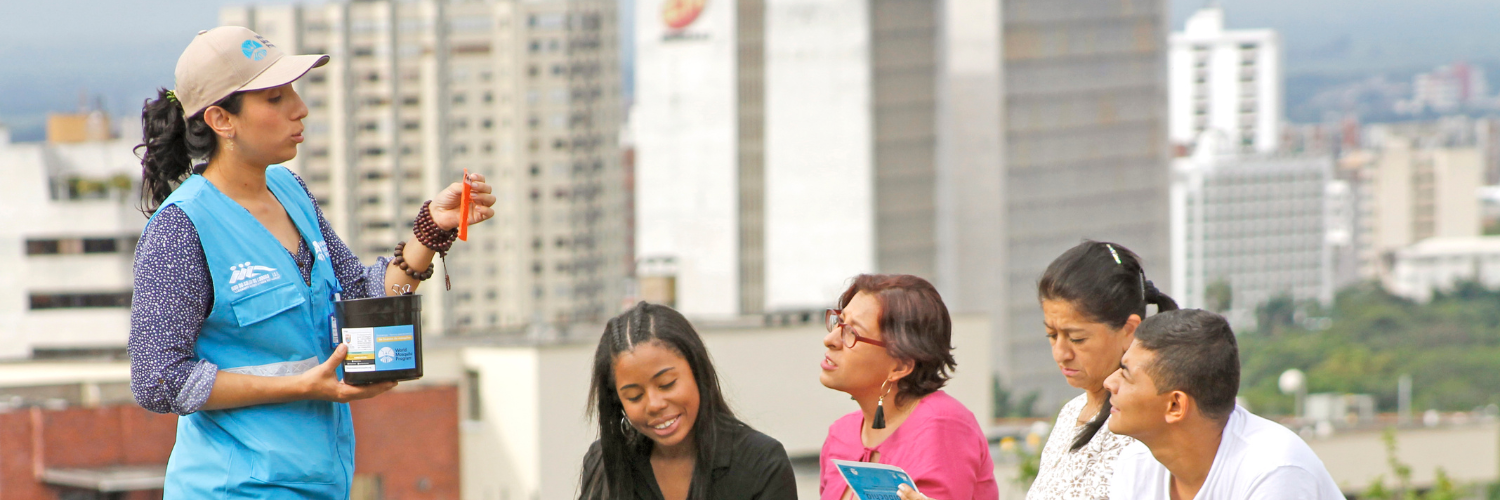Published date: 09 Nov 2019
Eti knows firsthand the terrifying impact of dengue fever. Eti’s son had dengue fever when he was 14 years old and was very sick.

At the time, Eti was terrified because she knew that some local children and adults had died from dengue fever. She rushed him to hospital and the doctors told her that, if his thrombocyte (platelet) count kept going down, it meant dengue fever. He was worryingly ill for two weeks.
Also around then, World Mosquito Program staff knocked on Eti’s door to ask her if she would host a mosquito release container. She was so happy to help protect her family and other mothers and children from dengue that she offered to host not one, but two.
“They said that if these Wolbachia mosquitoes mated with local Aedes aegypti, the dengue could be neutralised. When the mosquitoes hatched, they might bite us, but we wouldn’t get dengue,” she said. “I wanted to support the program because it would be good for the community – lots of people used to get dengue fever in the rainy season, but there hasn’t been any dengue since.”
At first it sounded like they were breeding mosquitoes and it’s true that after the Wolbachia mosquitoes hatched, there were lots of mosquitoes around.
But there was lots of community engagement by the World Mosquito Program, and information distributed through village officials and community leaders, and at gatherings such as for the Posyandu (Integrated Health Service) for toddlers and the elderly.
When people saw that there were no new cases of dengue, they were happy to help.

When Eti’s son was sick, she was afraid because dengue fever can be deadly. Not long before that, Eti had known about seven cases of dengue fever locally, as close as her neighbour across the street, and some people had died. Thankfully, three years later, Eti’s son is happy and healthy and loving school.
“It’s a small thing, sharing some space for the buckets.”
Read more from our project in Indonesia.

